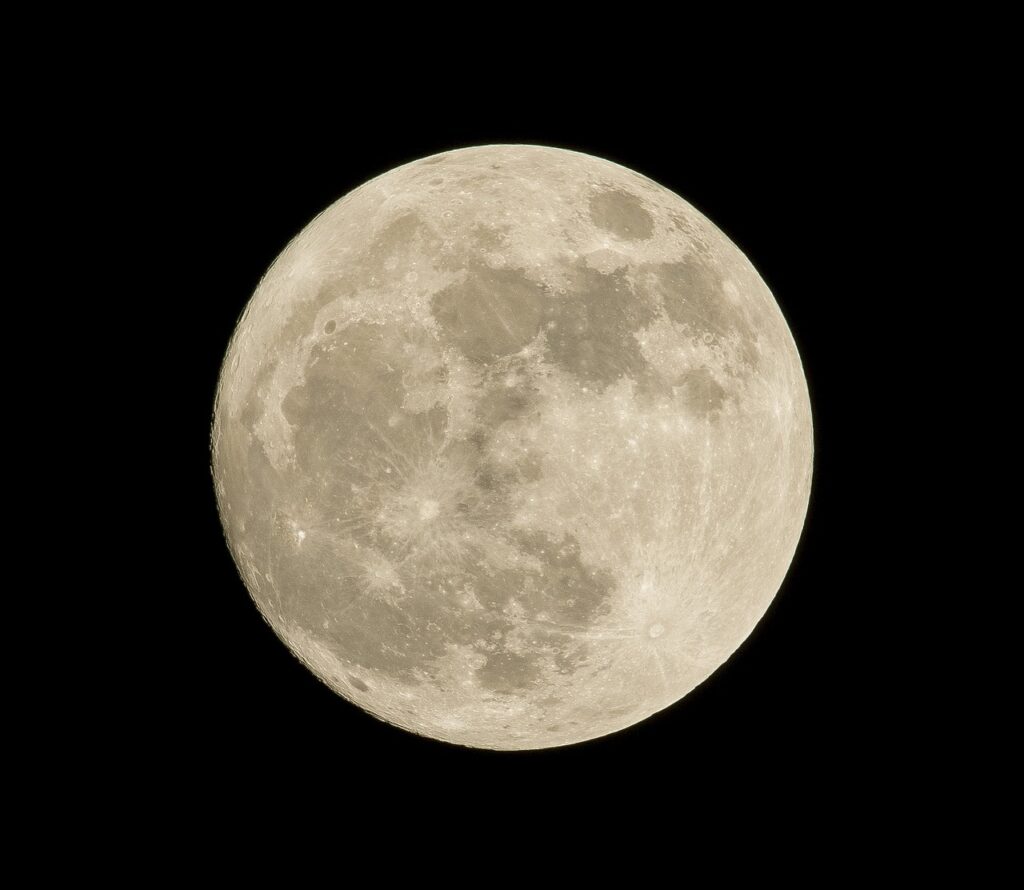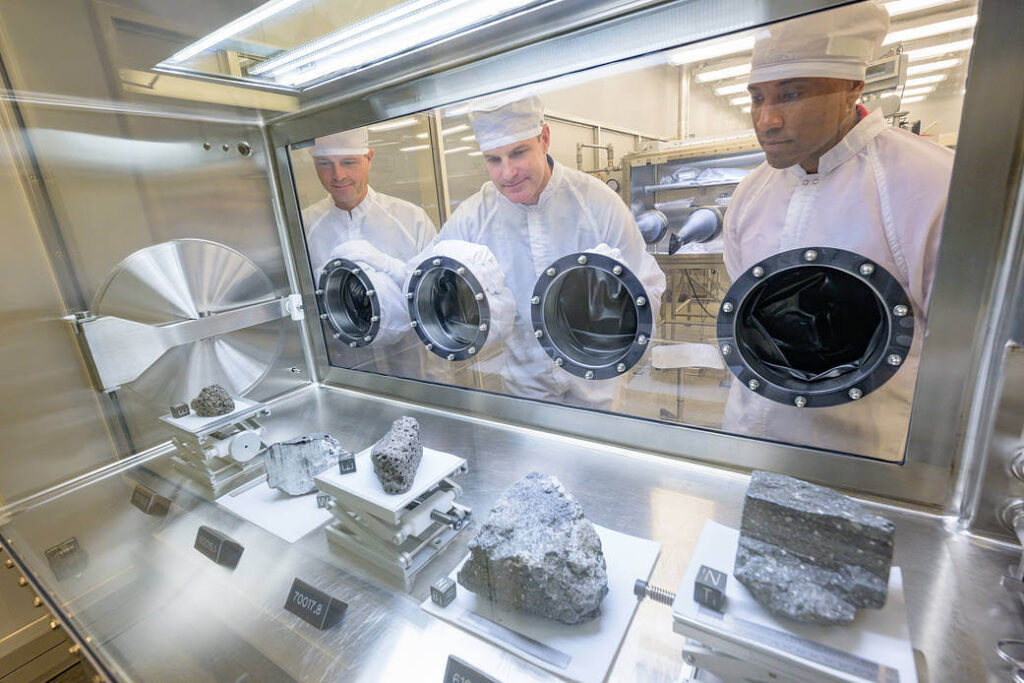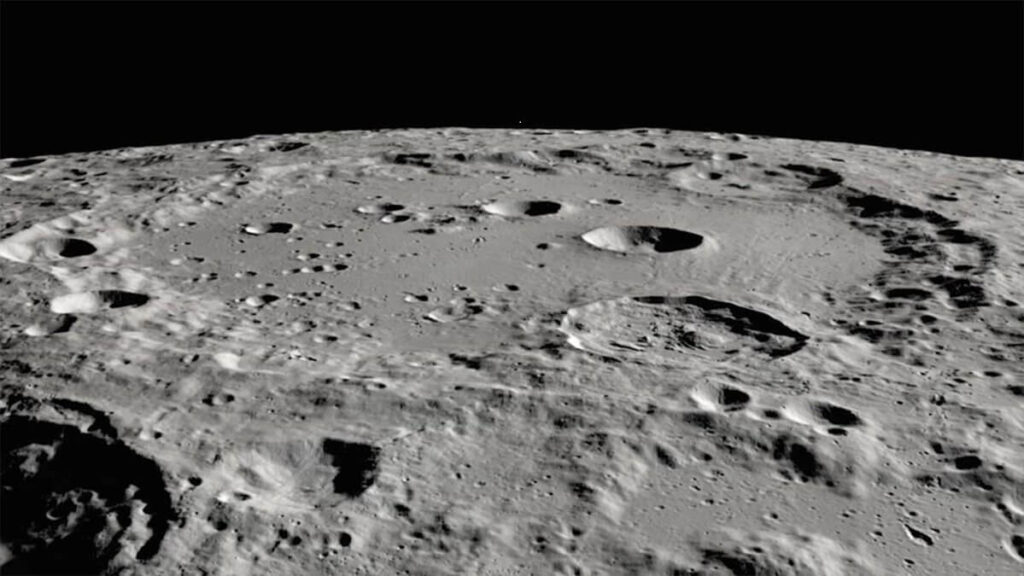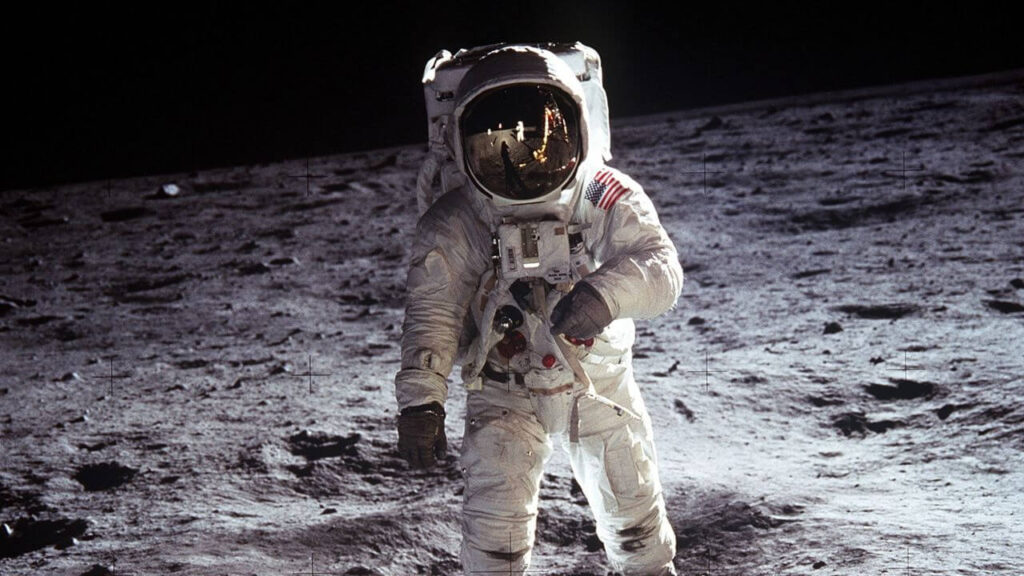
The moon is the Earth’s only natural satellite and it has fascinated humans since time immemorial. The moon affects the ocean tides through gravity and impacts the lifestyle of the people living close to the coast. Historically, the Moon has been a powerful symbol in religion, art, and literature. From poets to philosophers, everyone has tried to decipher the existence of the Moon in their own ways. An additional attraction to understanding more about the Moon could be said to have begun after Neil Armstrong became the first human to set foot on this mystical place on 21 July 1969.

During the last five decades or so, humans have understood many aspects of the Moon, but still, there is more to understand. Particularly, during the 21st century, various states have started looking at the Moon as a laboratory for a better understanding of the universe in general and the evolution of Earth in particular. In recent times, some robotic Moon missions have been successful. All these missions are trying to understand more and more about the surface of the Moon. There is a special interest towards knowing more about the minerals present over the Moon. From a science point of view, there are three facets, to which ‘Moon players’ are giving attention to. One is to understand the past, present and if possible, the future of the Earth by studying the evolution of the Moon. Two, study the Moon as a planet (natural satellite), this is important for undertaking resource mining and getting prepared for future human settlement on the Moon. Also, there is a proposal to establish the Moon as a transit/launching base for missions to Mars and beyond. Three, to use the Moon as a platform for setting up an observatory for understating the universe and for undertaking experiments owing to some typical features of the Moon related to gravity, low temperatures, vacuum etc.

The Moon probably formed soon after the Earth, about 4.5 billion years ago. Possibly, there was an impact of another big planet or asteroid (called object Theia) on the Earth, which led to the disintegration of the Earth into two objects, an Earth, and a Moon. Between 1969 and 1972 during six Apollo missions, twelve astronauts had gone to the Moon and brought back 2200 separate samples from six different exploration sites on the Moon. They have made some 382 kilograms of lunar samples (rocks, pebbles, and sand) available for scientific evaluation on the Earth. The chemical analysis of these rocks indicates that there is much similarity between these rocks and rocks found on the Earth. This supports the theory that the Earth and Moon are genetically related. By studying these rocks scientists have got some probable hints about how life could have begun on Earth. However, there is no conclusive evidence yet.

During the late 1990s, scientists using the orbiting spacecraft Lunar Prospector found large amounts of hydrogen on the Moon. This mission by NASA orbited the Moon for almost 19 months (Jan 1998-Jul 1999) and mapped its surface composition and found evidence suggesting water ice at both poles. In 2008, India put its mission to the Moon called Chandrayaan-1, which carried NASA’s science instrument, the Moon Mineralogical Mapper (M3). It discovered that there was ice inside the Moon’s polar craters. Subsequently, ISRO and NASA scientists were able to prove the presence of water on the Moon.

The study of the Moon leads to the conclusion that the Moon is shrinking and moving away from Earth. It was realised that the Moon’s craters were caused by asteroid impacts and the Moon continues to be seismically active. Moonquakes are known to last for around ten minutes. Since the Moon has no atmosphere, there have not been any disturbances to the landscape of the Moon and hence its crust offers some understating in regards to how other planets could have formed. At one location on the Moon, the temperatures are as low as minus 250° Celsius, which is the coldest in our solar system.

By now, the entire lunar surface has been completely mapped and there is a good idea about its surface geology. NASA has made available the lunar map, called the ‘Unified Geologic Map of the Moon.’ This digital map is available online and shows the Moon’s geology in detail (1:5,000,000 scale). There are some other products available too, giving various geophysical details and 3D maps are also available. In addition, there is reasonable knowledge about the temperature profile on the Moon. Daytime temperatures near the lunar equator reach up to plus 120° C, while nighttime temperatures get to a frigid minus 130° C. The poles are even colder. All this information is of great importance to plan future robotic and human missions to the Moon.

By using robotic techniques already sample returns from the Moon have started and in recent times, China has succeeded towards undertaking such a mission. Presently, there is a great focus on undertaking lunar gravity experiments. When humans decide to establish colonies on the Moon, there would be a requirement to get usable water. Some missions are planned to devise a method to get the Moon’s water content directly.
The Moon has no atmosphere and hence there is no ionosphere like Earth. The ionosphere is important because it reflects and modifies radio waves used for communication and navigation. Against this, Moon offers the best platform for putting large radio telescopes to study cosmology.

There is a radio silence on the Moon, which is a period or condition when radios are not transmitting. This allows for undertaking specific experiments, which otherwise are difficult to perform on Earth. There is a concept called Dark Ages, which relates to a time in the early universe, even before stars and galaxies began to fully form. The far side of the moon with total radio silence could be a great place for experimentation to understand more about the formation of the universe.
Also Read:
Outer Space: The future battlefield
Astronauts to wear designer spacesuits on Mars?

The Moon is the world’s largest vacuum chamber and a ready-made laboratory to undertake experiments like gravity experiments. Today, much work still needs to be done on gravitational waves. For probing deeper into the innermost workings of the universe, particle physics or high energy physics is the key. Moon which is cold, has no air and offers an inherent stillness is the best location for particle physics experiments. The absence (not total) of gravity on the Moon and its distance from the Earth (about 3.8 lakh km) suits undertaking experimentation in areas of quantum physics and general relativity.

India would be launching its third mission to the Moon called Chandrayaan-3 on 14 July 2023. It is expected that this mission which is a lander and rover mission would add more knowledge about the mineral composition on the surface of the Moon knowing more about the thermal conductivity and temperature.

